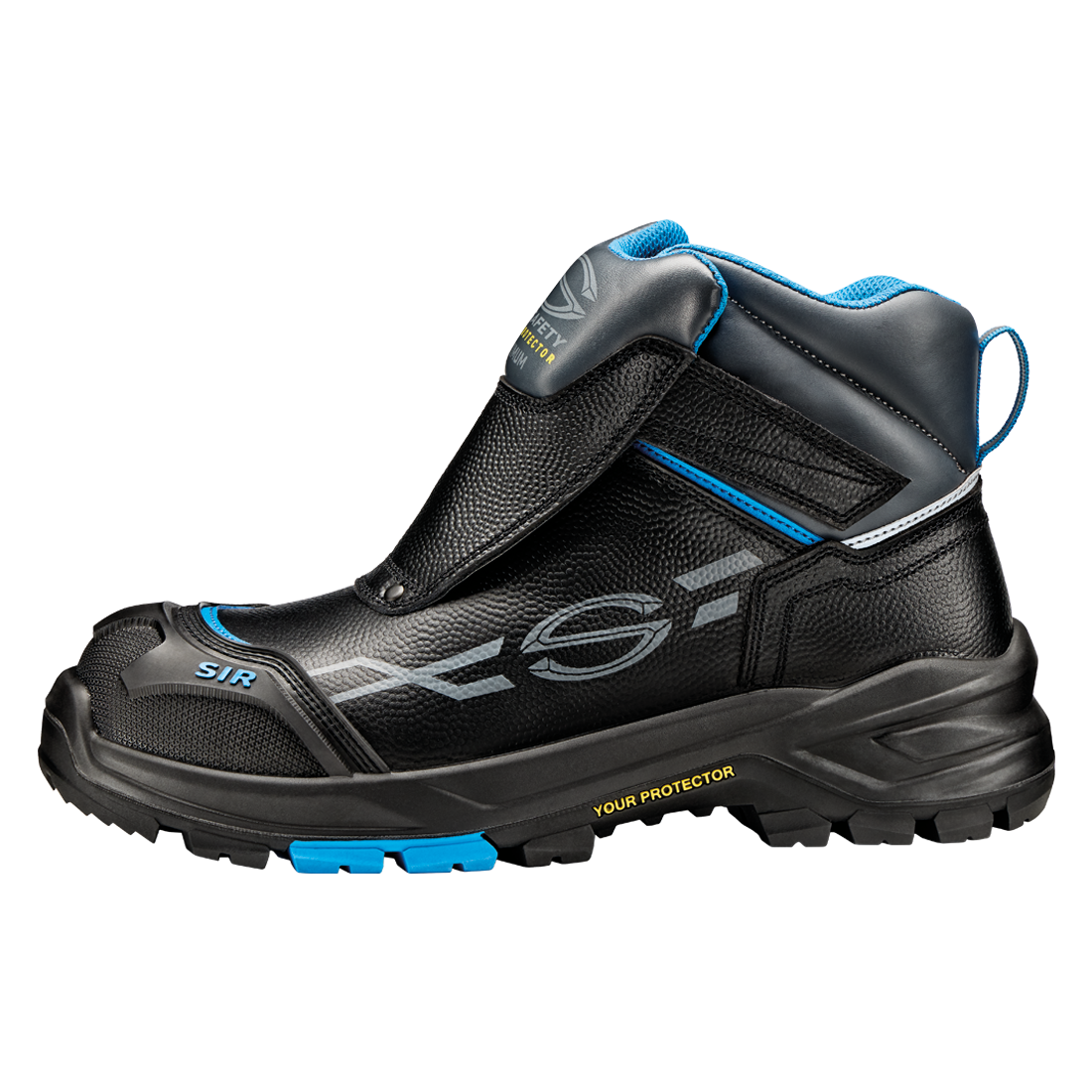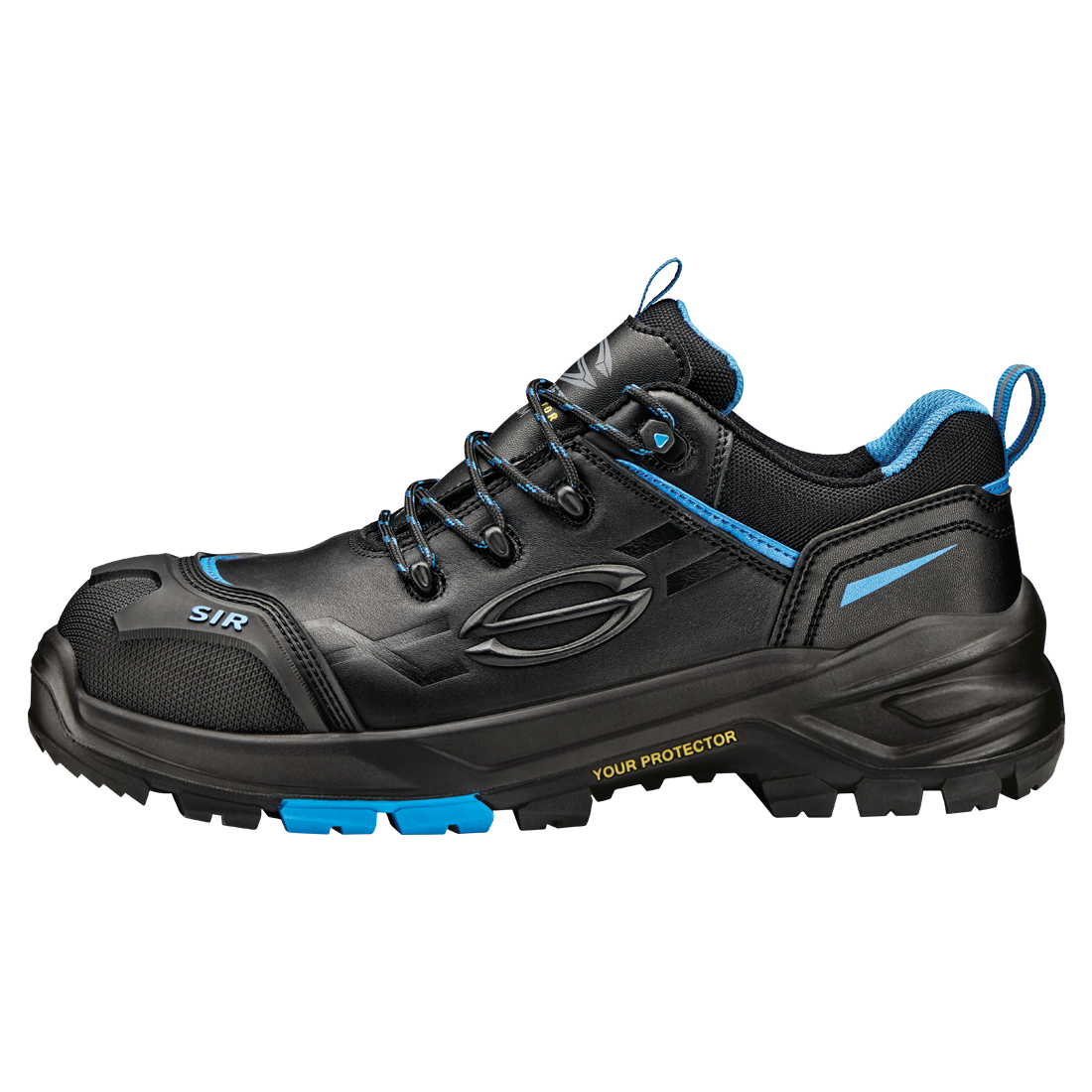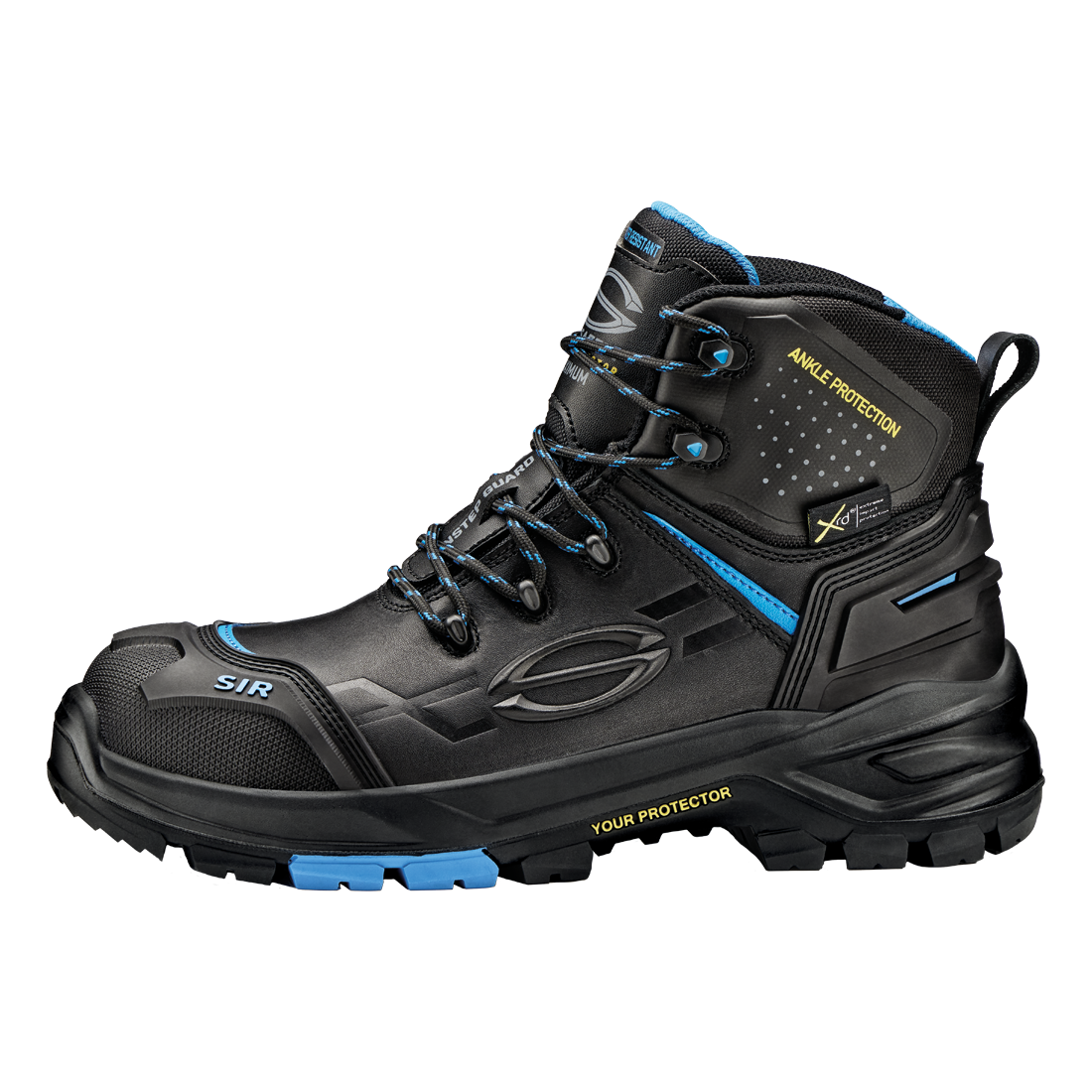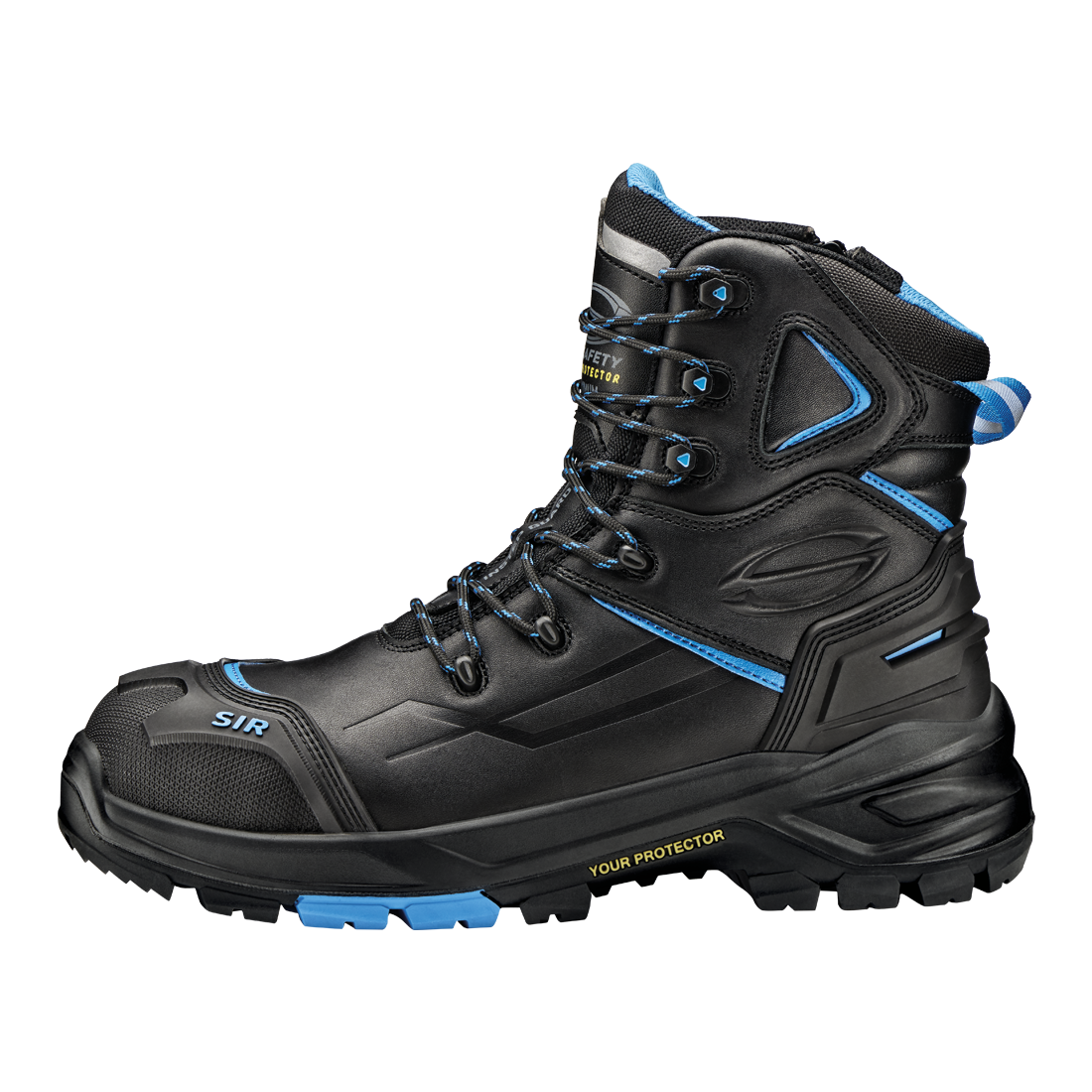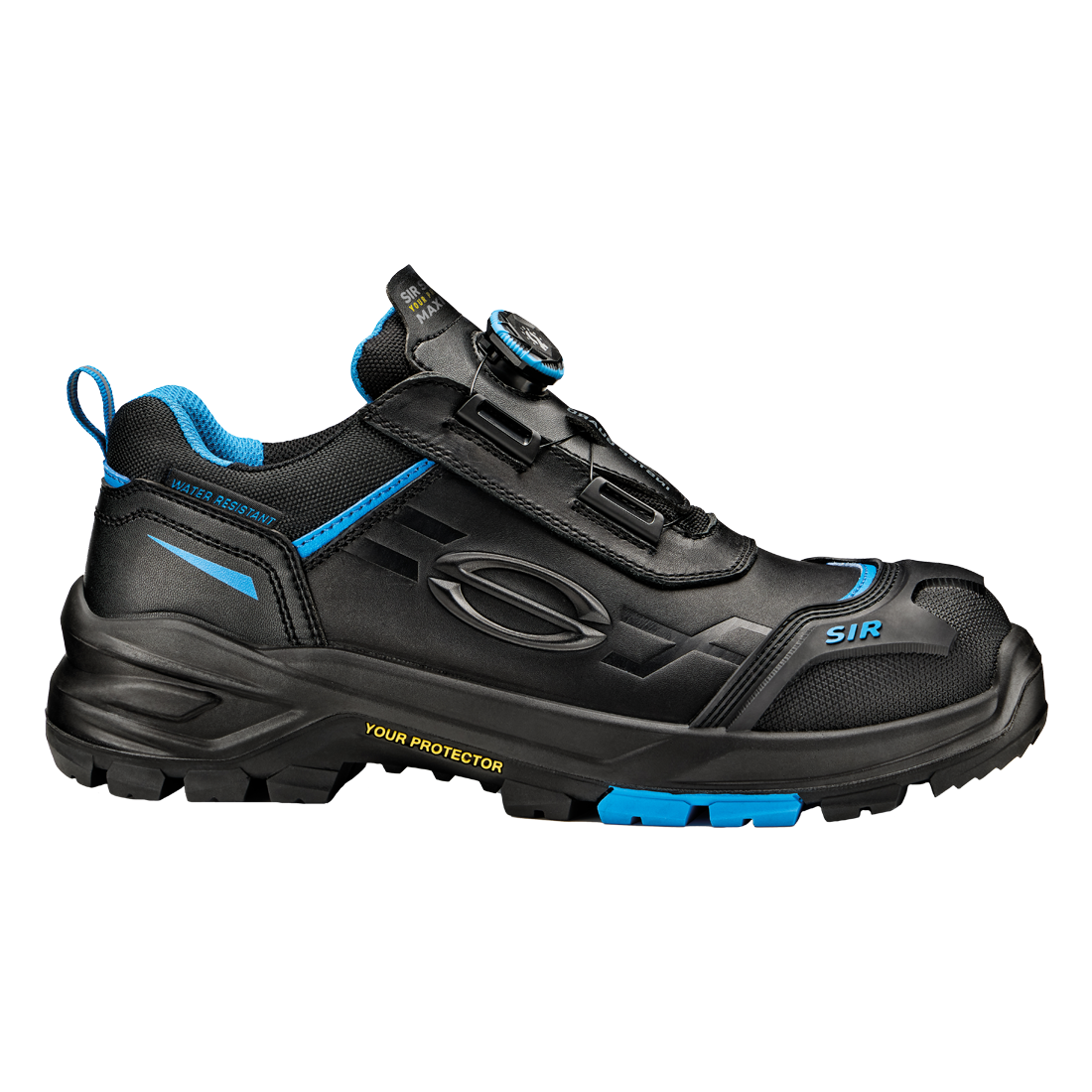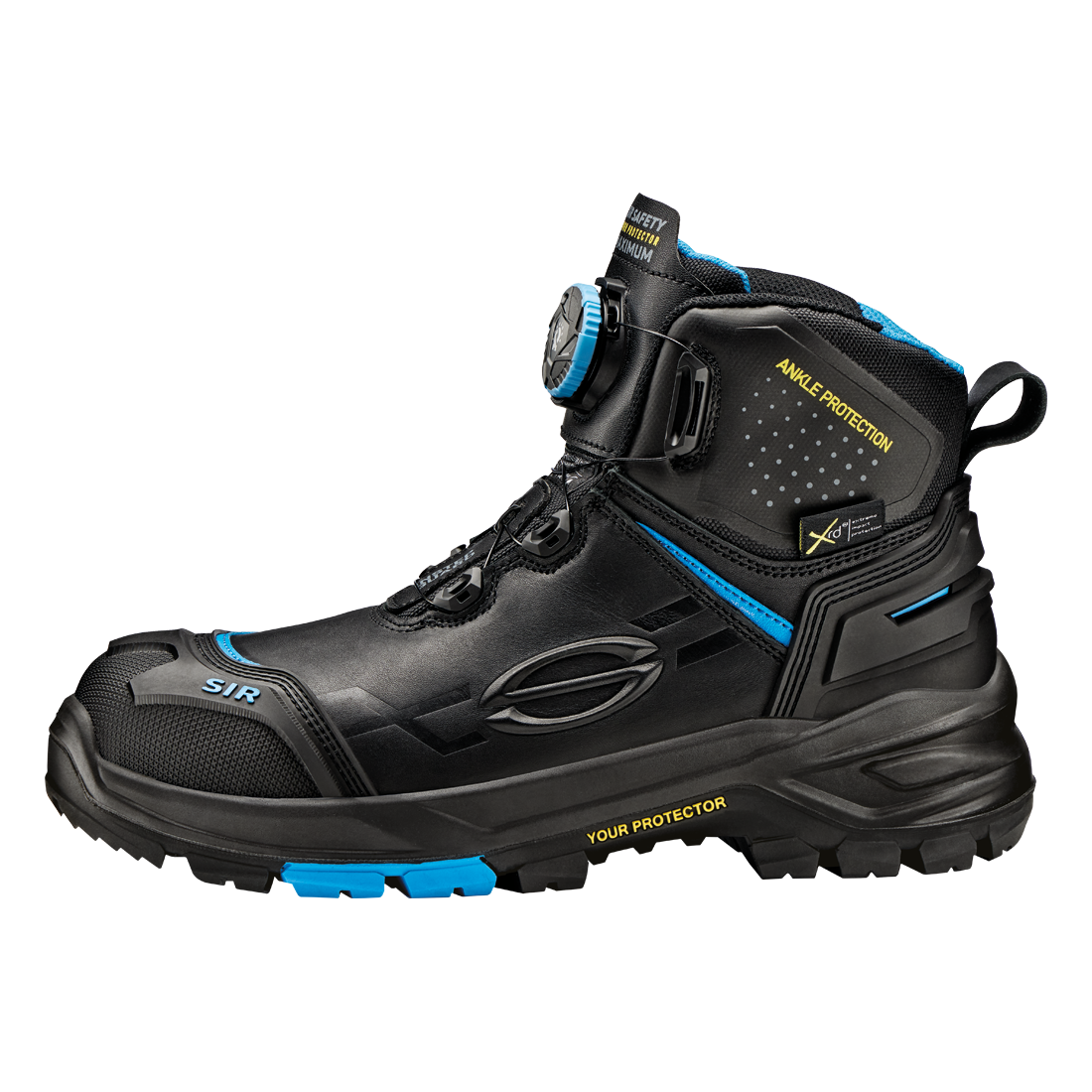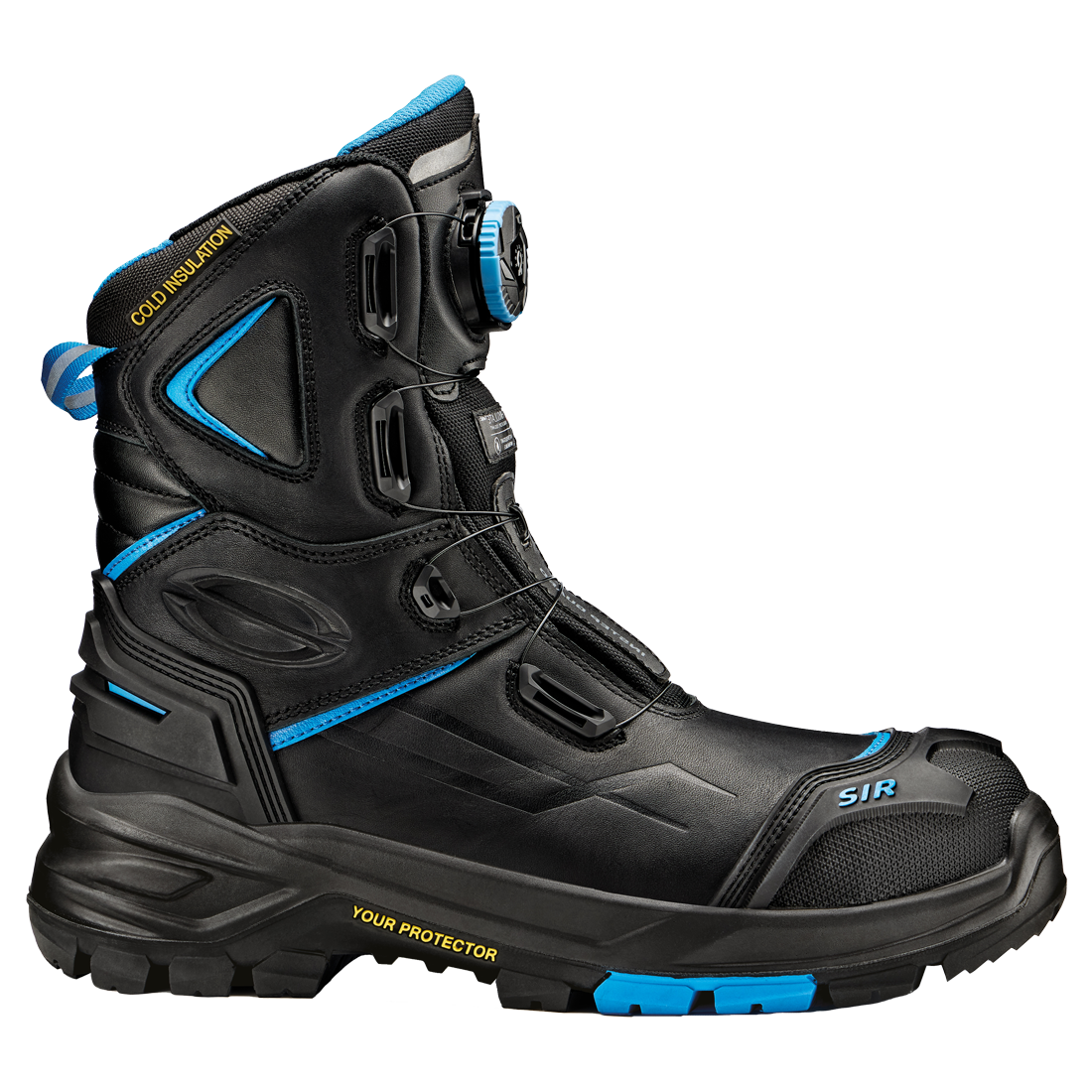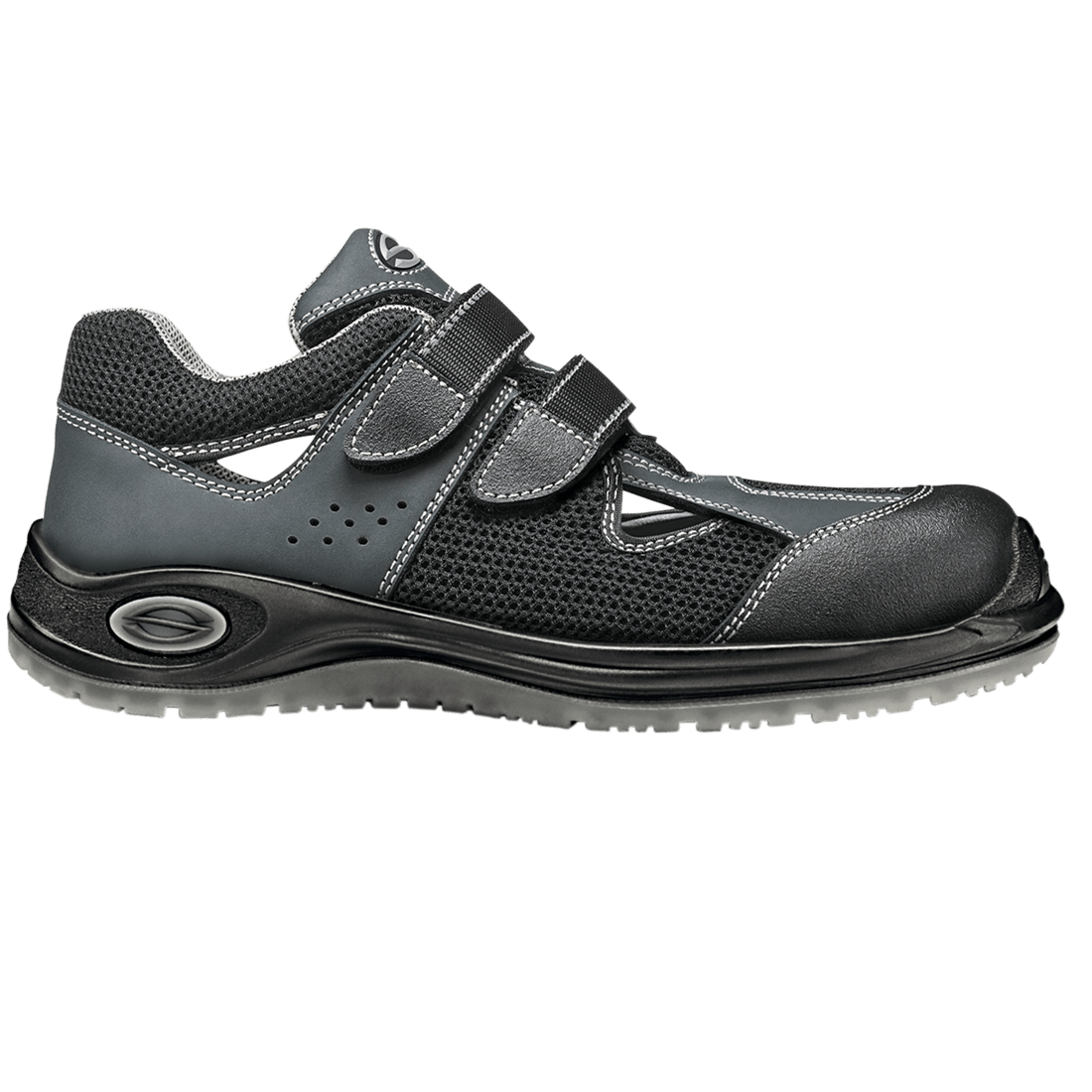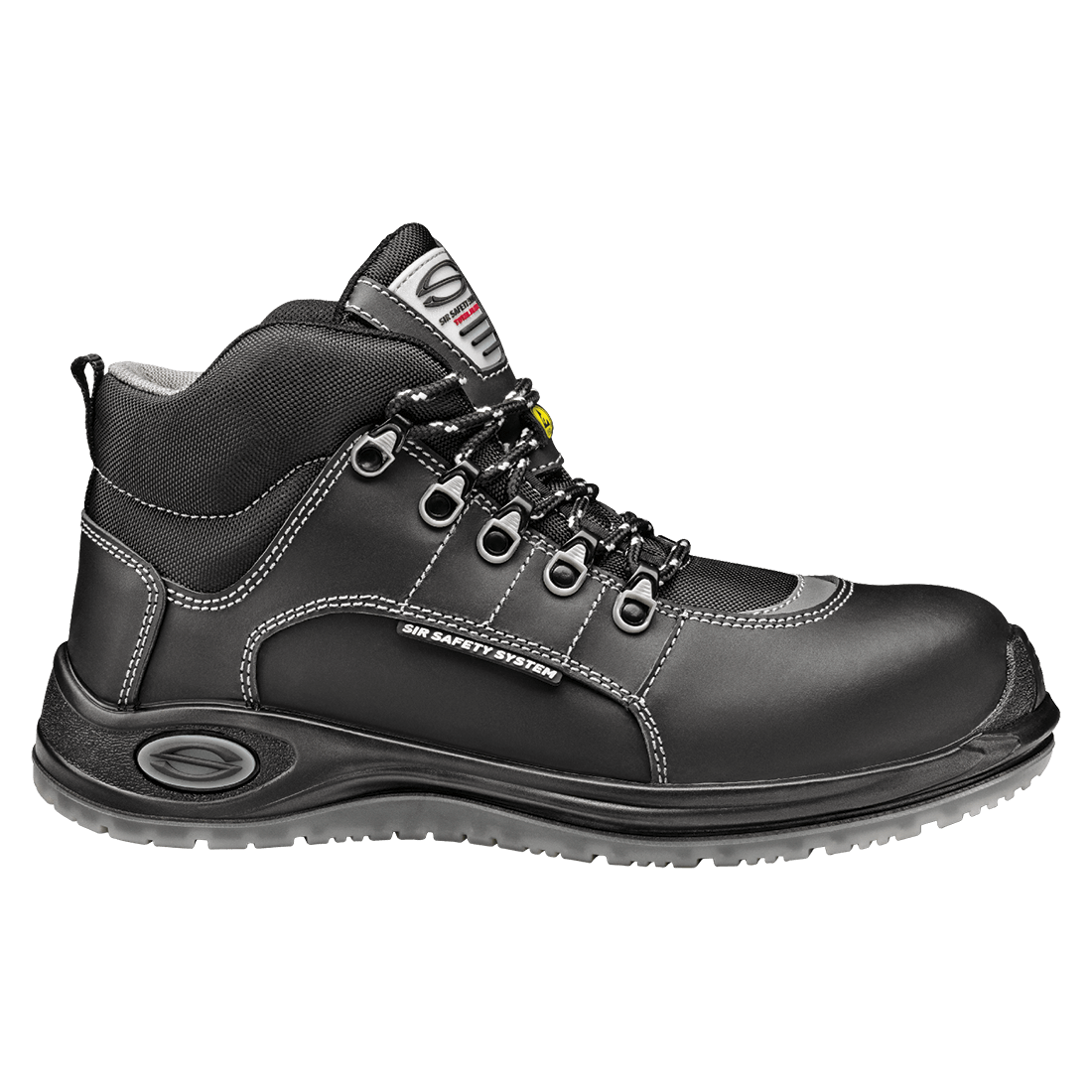The standard indicates provisions for protection against ESD phenomena and establishes the features for protection against electronic components and devices that may undergo damage resulting from electrostatic discharges. This standard also establishes the features that an EPA, Electrostatic Protected Area, must have.
The abbreviation ESD, Electro Static Discharge, indicates a sudden electricity flux which occurs due to contact, a short-circuit or an electrical failure between two electrically charged objects. To prevent this from occurring, precautions must be taken such as using specific clothing regulated by standard IEC EN 61340.
To meet the required features set forth in the standard, accident prevention clothing is considered ESD protective when it is not made with synthetic fabrics or wool, but with conductive fibres and the cuffs at the ends (sleeves, trouser legs or collar) are made so as to improve contact between the conductive material with electrostatic properties and the skin. Furthermore, metal parts must be covered and, when one bends over, the clothing must fully cover the internal layer.
When wearing working and ESD protective clothing, it is important to keep the garment buttoned or tied, to guarantee the necessary protection.
The Standard specifies the features of the protection systems to be used to assure reliable earthing, defining among other things the electrical resistance features of the footwear and the floor/footwear system, in order to maintain the operator’s electrical potential values (HBV – Human Body Voltage) lower than 100 Volt even in low humidity premises.
Footwear for professional use with ESD specifications is designed and manufactured to protect the user from electrostatic discharges in workplaces at risk.
ESD marked footwear is electrically dissipative, i.e., it constantly discharges to the ground the static electricity accumulated by the human body. ESD footwear is recognizable by its yellow pictogram proving its specific conformity.

